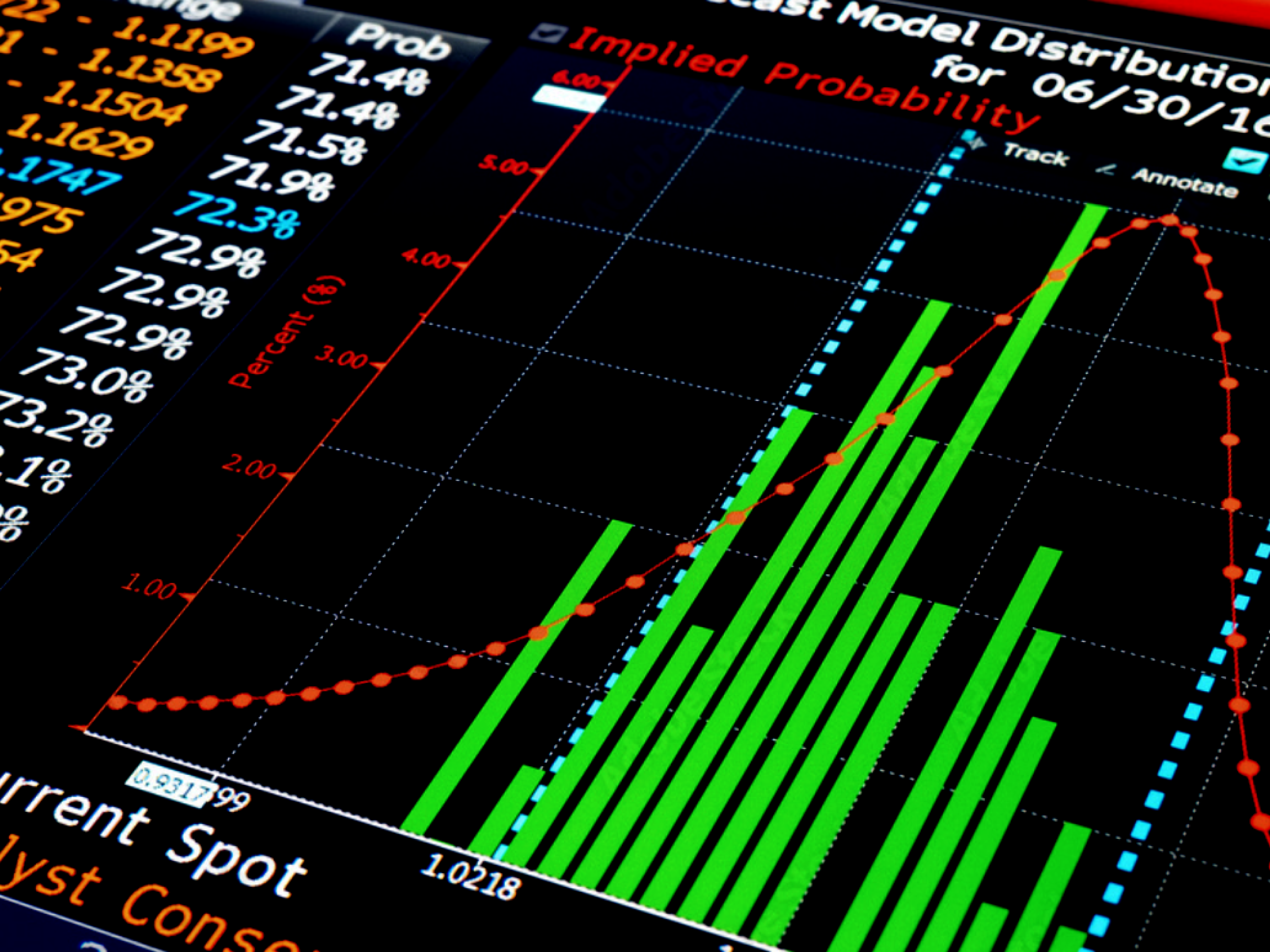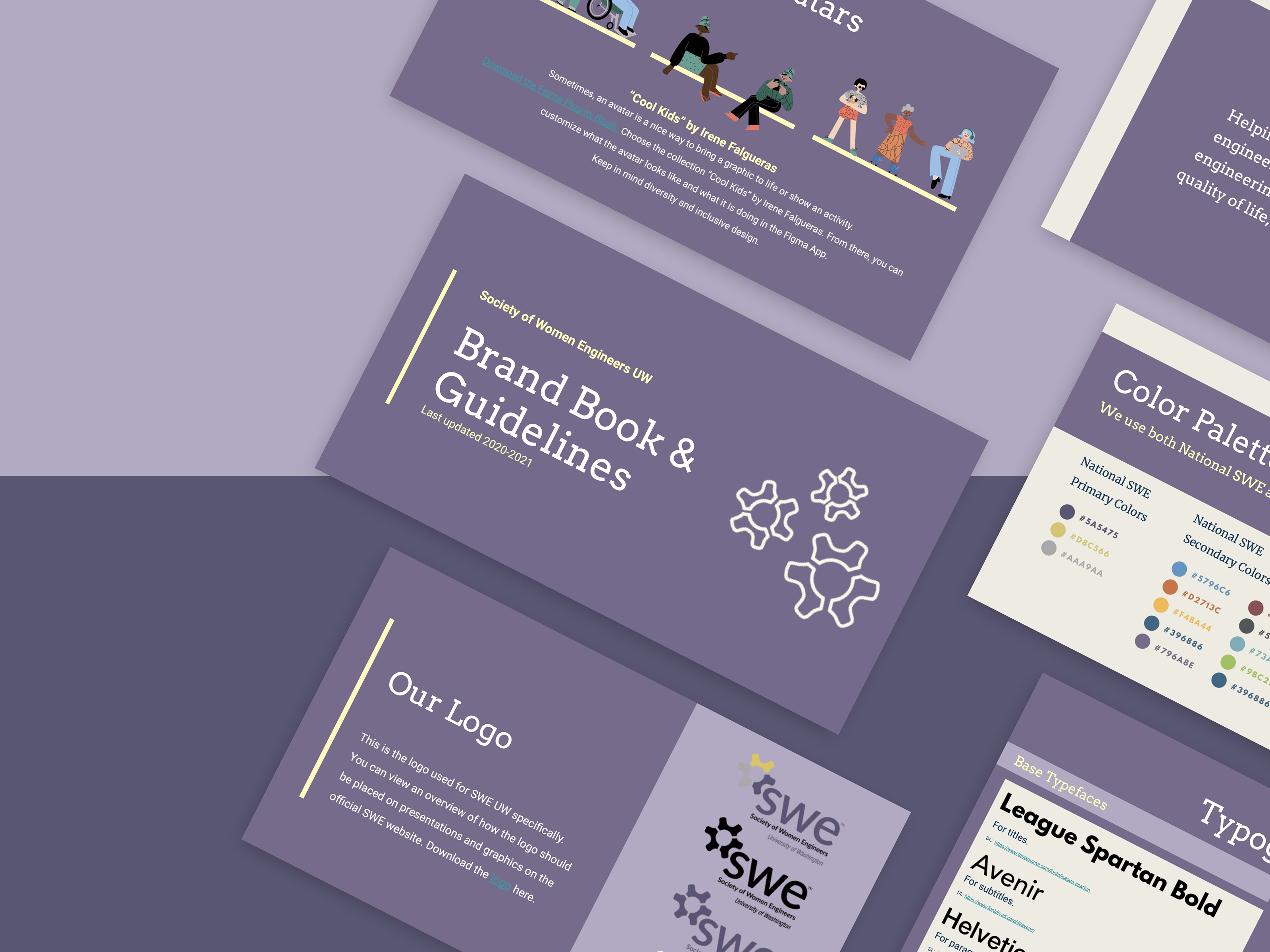
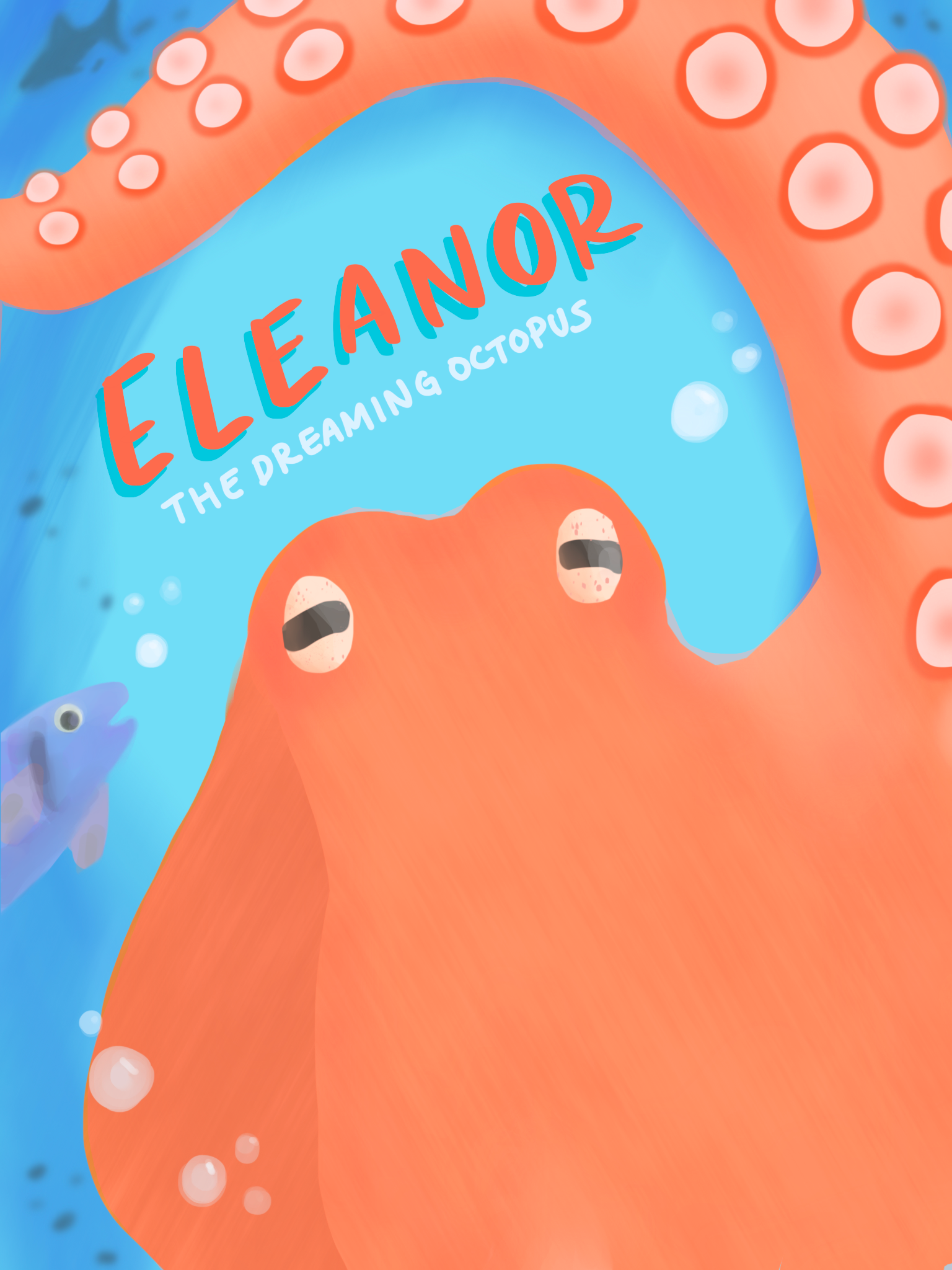
Project Context
Who is Eleanor?
Eleanor is a giant pacific octopus based in the Pacific Northwest. Though her whereabouts are currently unknown, we had learned as much as we could to understand what makes a giant pacific octopus so unique. These intelligent creatures have eight individual arms that move independently, they can camouflage to nearly any surrounding despite being colorblind, and most interestingly, they can dream.
This has inspired the CSE Animation Capstone's project for 2020: we worked on creating a 6-minute animation about Eleanor.
Timeline
September 2020 - June 2021
Tools
Dropbox, iPad, Maya, After Effects
Role
Production Assistant (PTC, References, Lighting, Concept Art)
Skills
Animation, motion design, video editing
My impact
I was a Production Assistant.
In the animation capstone, everyone wore a lot of hats and worked in tandem to meet the production pipeline deadlines. Specifically, I was the student lead for both the Poster, Title, and Credits (PTC) Team as well as the References Team. I worked on the title sequence of the film and also put together the credits sequence, I also put together references for teams and organized our Dropbox files. I worked on other teams including Concept Art, Lighting and Rendering, and Post-Production.
Animated by Xavier (TA), designed and gif-ified by me.
personal growth
I still have a lot to learn.
Due to deadlines and the feasibility of certain scenes, a lot of the concept art and edits that I've done hadn't made it to the final film. And that's okay. Iteration is a major part of the animation process, and I got to learn a lot about what I really like in the animation pipeline. I'm really thankful that I was able to be a part of this project, and hope that one day I could still be involved in the animation industry.
Concept Art I painted over for a transition idea.
non-eleanor work
Introductory Assignments
Prior to working on Eleanor, I was able to work on smaller assignments leading up to the bigger film. Here are some of my favorite highlights from the animation process.
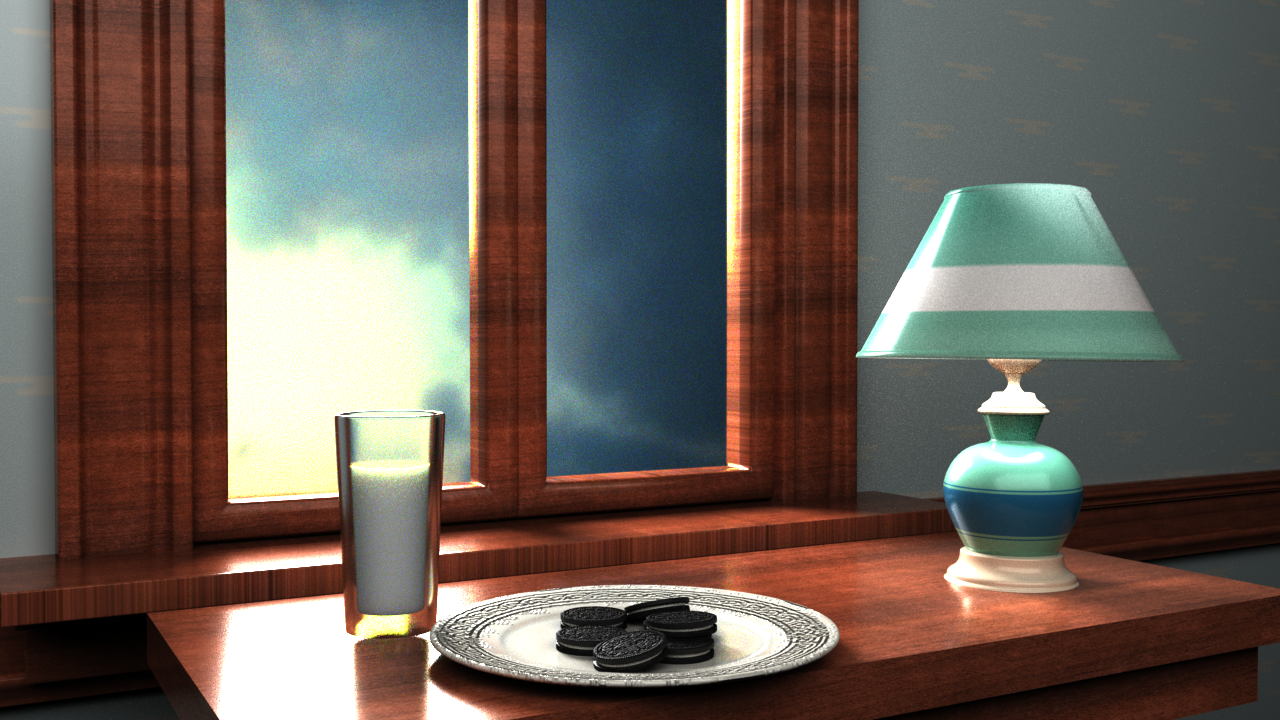

Lighting
Storytelling with lights.
As someone very new to animation, I realized how much impact lights have in creating a mood for settings and characters. I have always been fascinated by how colors can play a role in psychology, and animation takes it even a step further by adding dimension to a scene.
Below are some of my early attempts at creating a happy, sad, and angry (...evil?) mood using a plain chess pawn.
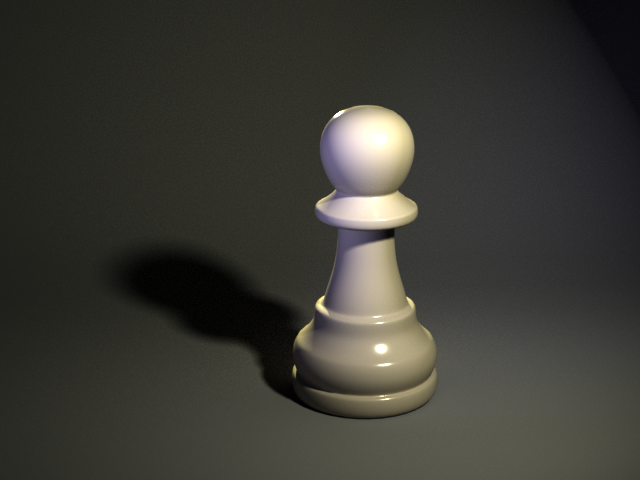
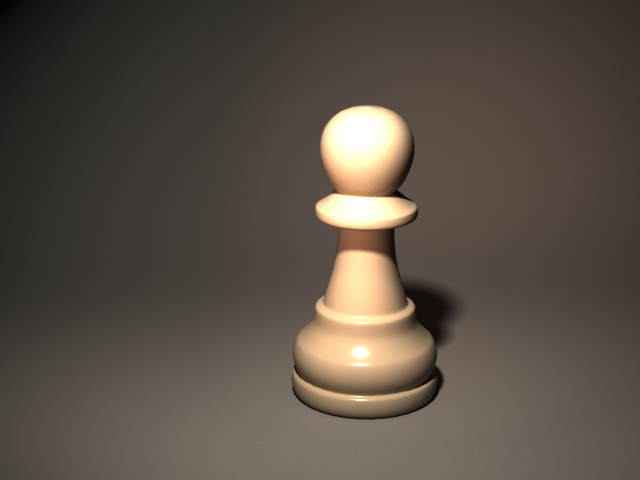

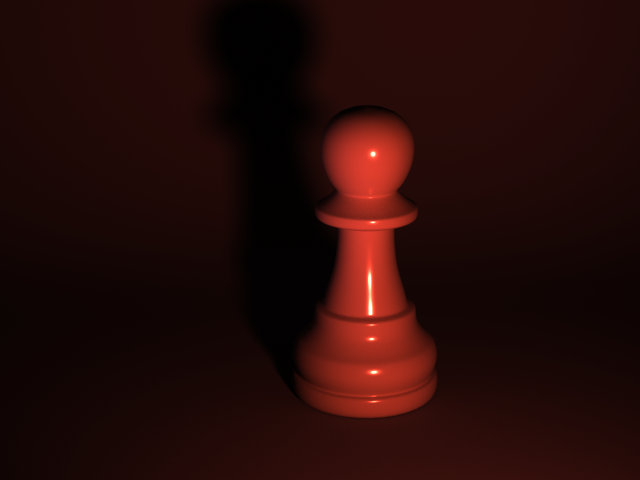
motion
Bringing life to objects.
Timing is especially important in animating motion to objects. There's a ton of planning that goes into making a scene feel just *right*. Just adding a little squash and stretch helps animate the liveliness in things, including a mouse!
takeaways
Animation means being inspired by our real world.
The biggest thing that I've gotten from this project is how much referencing is involved with animating... well, anything! Researching references is really crucial because depending on the direction of the film, you don't want to create something anatomically or structurally (or even culturally) incorrect. I've learned that there are a lot of iterations, patience, and critique sessions involved with getting the right look and feel for things.
I uploaded some of the outtakes and planning sheets below to show my process for how I animated the mouse scene (and yes, it's okay to laugh at my awkward jump).
